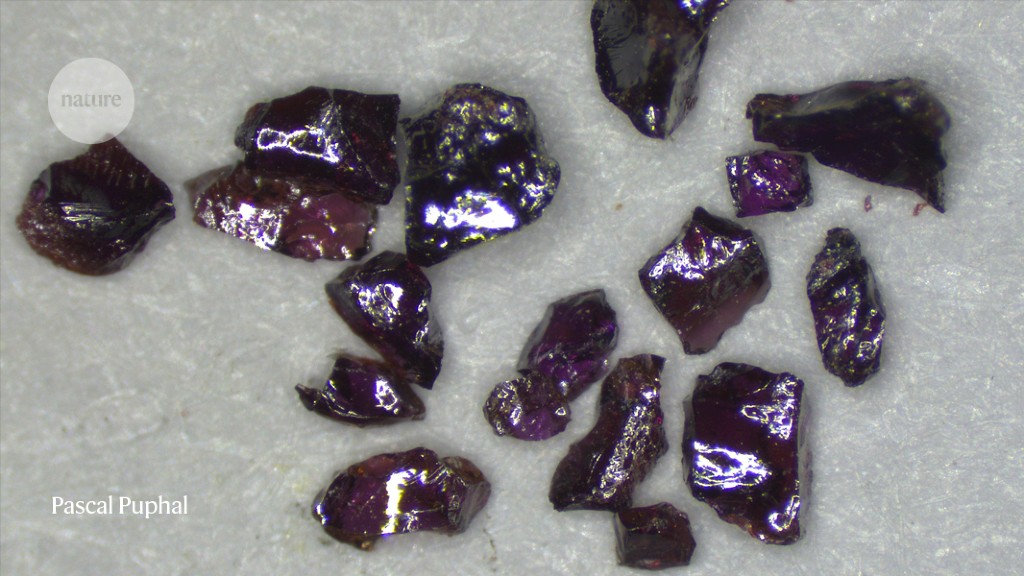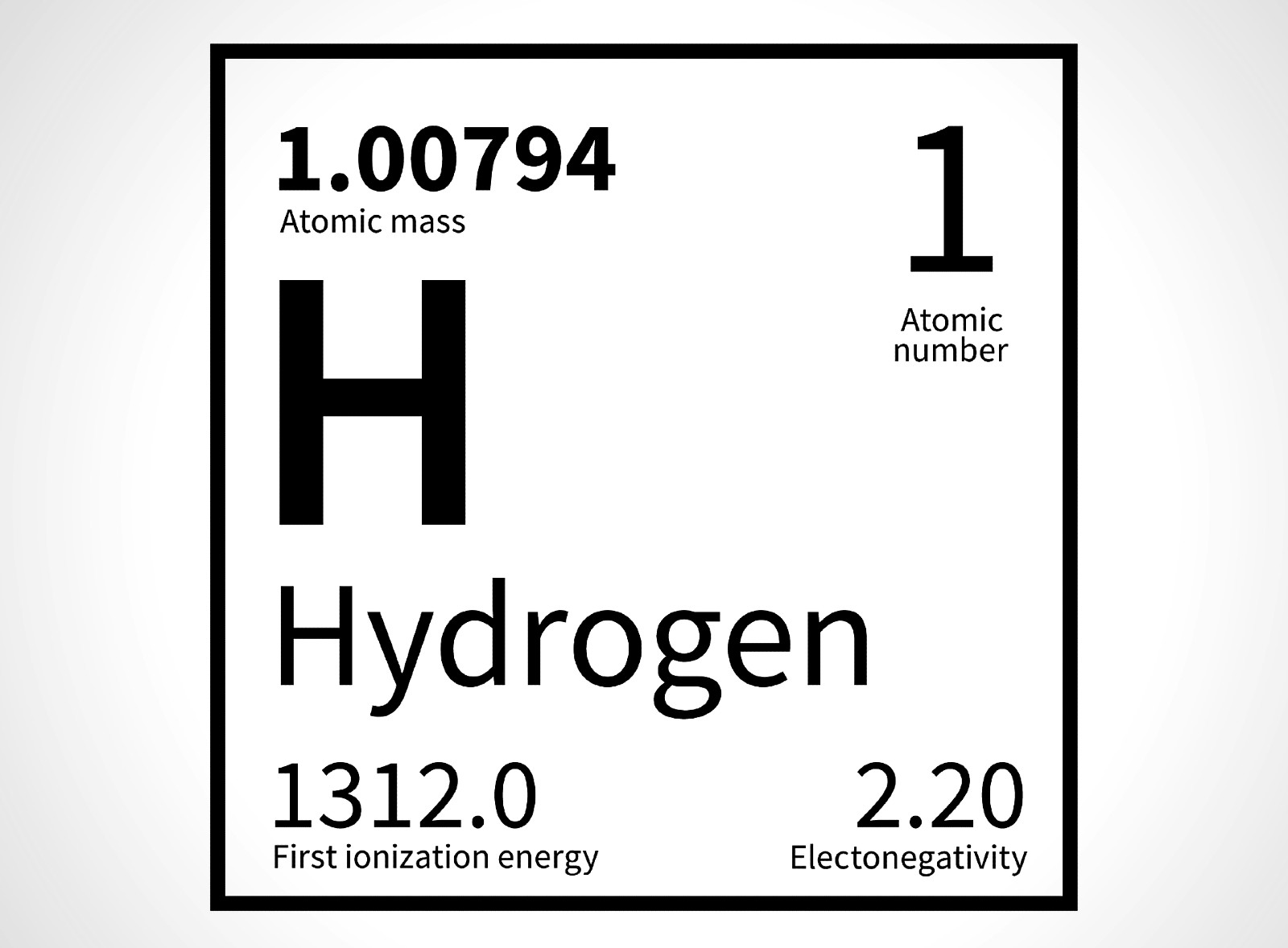
TLDR:
- Meisner effect caused by ferromagnetic impurities, wasn’t actually levitating, just parts of it were repelled by the magnet.
- Extreme change in resistivity at 104.8 degrees C caused by internal copper sulfide molecules, which exhibit a phase change exactly at that temperature.
- a team grew a single crystal version. It’s an insulator.

This really highlights the need for real science in science, and not just random speculation. Things can get confusing very quickly for a great many subtle reasons, and people need to be wary of that.

Yeah, this both highlights the issue, but also shows the scientific process works. As independent researchers were able to disprove the hypothesis the Korean team of researchers had proposed.

It’s not a superconductor, but it is a weirdconductor

Not even a conductor at all, apparently.
https://arxiv.org/abs/2308.06256 this group (mentioned jn the article above) synthesized a fully pure crystal, and found that has a resistance in the several megaohms at room temperature. Just a purple piece of glass, functionally speaking. The thoughts of superconductivity was due to random copper sulfate impurities which DO conduct electricity.


